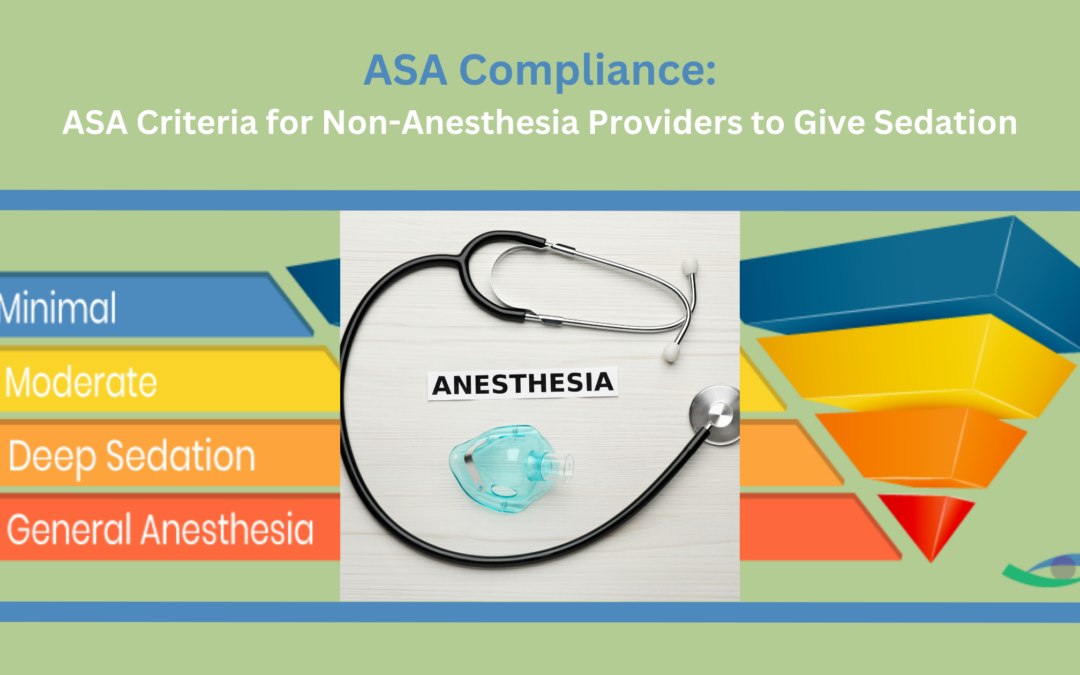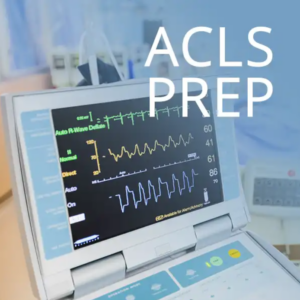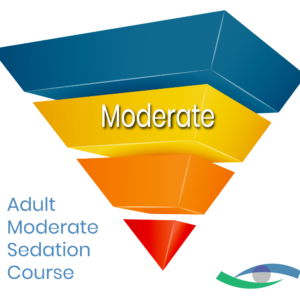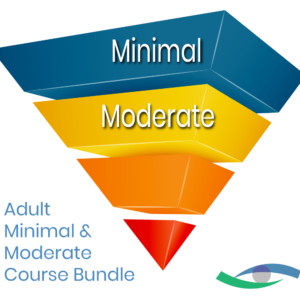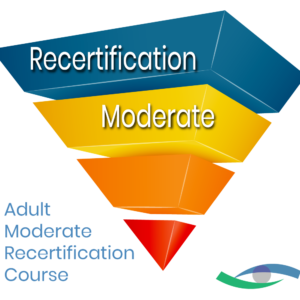ASA Compliance: ASA Criteria for Non-Anesthesia Providers to Give Sedation
If you’re a healthcare provider, you know the importance of patient safety and comfort. But what if there’s a need for you, as a non-anesthesia provider, to administer sedation at your facility? The good news is that non-anesthesia providers may be allowed to administer procedural sedation provided they have met the requirements outlined in the ASA Criteria for Non-Anesthesia Providers.
The ASA Criteria outlines the standards and guidelines for administering Sedation safely and effectively. Here are a few key things you need to know about ASA Compliance for non-anesthesia providers:
The Role of Non-Anesthesia Providers
The ASA recognizes that there are licensed physicians, nurses, advanced practice nurses, dentists, and podiatrists who, while not specialized in anesthesiology, are qualified by their education and training to administer moderate sedation. These professionals are termed as “Non-anesthesiologist Sedation Practitioners.”
Emphasis on Education and Training
Non-anesthesiologist Sedation Practitioners should undergo education and training to ensure they are well-equipped to administer moderate Sedation. One requirement includes formal training in the safe administration of moderate sedation drugs and rescuing patients who experience adverse reactions or complications.
Monitoring is Crucial
As with any other medical procedure, monitoring during moderate sedation is crucial. Therefore, a dedicated sedationist should monitor the patient throughout the procedure. This person must be trained to recognize, report, and rescue the patient from any adverse situation.
Single-Operator Sedation is Not Permitted
The ASA deems single-operator sedation, where the same individual performs the procedure and administers sedation, as unsafe. A separate individual should monitor the patient distinct from the one performing the procedure. This separation of roles ensures that the patient receives undivided attention during the sedation process, thereby minimizing risks.
Other ASA Documents You Need to be Familiar With
For those looking to comply with ASA recommendations, it’s essential to be familiar with specific ASA documents. These include the “Practice Guidelines for Moderate Procedural Sedation and Analgesia 2018” and the “Continuum of Depth of Sedation — Definition of General Anesthesia and Levels of Sedation/Analgesia.”
The National Sedation Center’s Commitment
Now, where does the National Sedation Center fit into all of this?
The National Sedation Center stands out as the only program in the nation that meets and exceeds the ASA’s recommendations. With a strong emphasis on moderate sedation training and sedation certification, we ensure that every healthcare provider has the knowledge and skills to administer sedation safely. Further, our focus on “Recognize, Report, and Rescue from a deeper-than-expected level of sedation” ensures that every patient undergoing moderate Sedation is in the safest hands possible.
Final Thoughts on ASA Compliance for Non-Anesthesia Providers
Incorporating sedation services in your facility can significantly enhance patient comfort and satisfaction. However, it’s crucial to ensure that these services are provided safely.
By understanding and implementing the ASA’s criteria and partnering with institutions like the National Sedation Center, you can offer sedation with the utmost confidence while ensuring patient safety. Remember, when it comes to sedation, always prioritize patient safety.
National Sedation Center offers the only program in the nation that meets and exceeds these recommendations.

